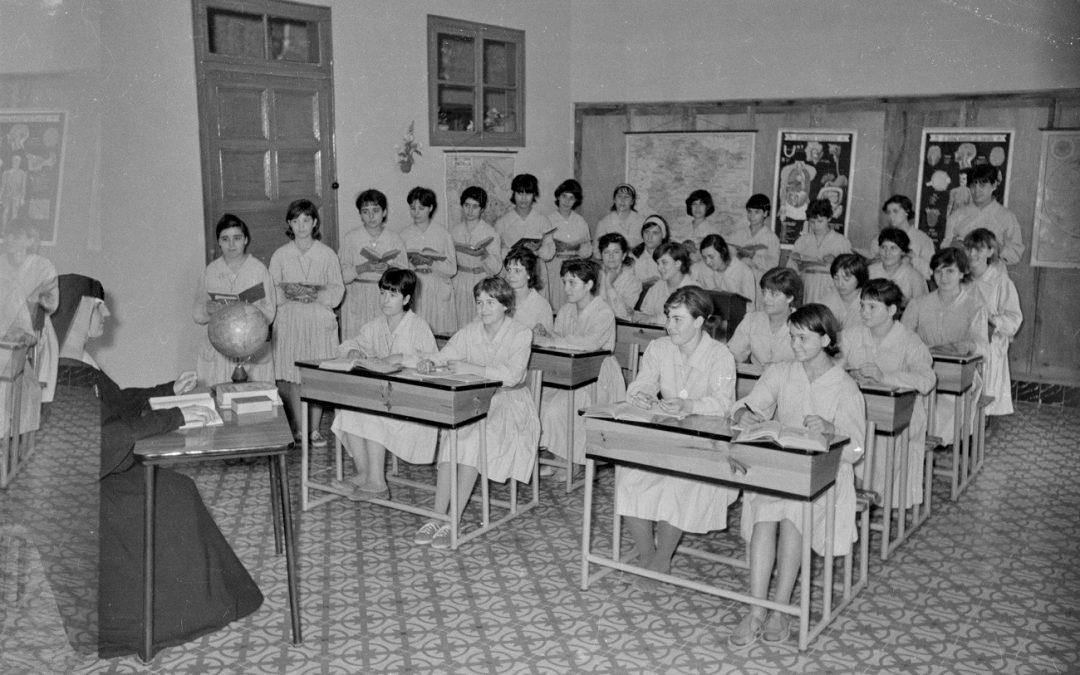Image CC BY-NC-ND
From the joint effort of two CEF projects, 50s in Europe Kaleidoscope and Culture Moves, a new MOOC is currently in preparation and will be available on the EdX platform in January 2020. During this course, students will learn how to build a community for digital cultural heritage through innovative practices for user engagement. Coordinated by KU Leuven and Coventry University, the MOOC will include international teachers and professionals.
Enrolling will be available soon at this link: https://www.photoconsortium.net/educationalportal/mooc/
50s in Europe Kaleidoscope: http://fifties.withculture.eu/
Culture Moves: http://www.culturemoves.eu/
| Indicatively, the MOOC will be composed of 9 modules, with varied and complementary focuses: Module 1: User engagement The user engagement module will appeal to people responsible for cultural heritage institutions such as galleries, libraries, archives and museums as a way of educating and engaging audiences, placing cultural heritage in a broader reference framework. Module 2: Photographic techniques In the module, we discuss the properties of photographic capture and print techniques that have an impact on what kind of images were produced and disseminated through media in the 1950s. Module 3: Europe in the 1950s A history module will highlight key aspects of the 1950s, allowing MOOC participants to compare the self-perception of the era, its dreams and the vision of a future in both East and West Europe, with our reading of the historical fifties and how we interpret it. Module 4: Museums A museums module will specifically detail which digital strategies can be used to stimulate user engagement and interaction with digital heritage content in a museum context. It spans interaction with the audience before, during and after a museum visit takes place. Module 5: Annotation A module on annotation for cultural heritage will teach learners how to find, reuse and engage with content in online repositories. We take dance content as a case study to critically reflect on the topics of preservation, documentation and transmission. Module 6: Creative Tourism In this module, we will introduce you to various models of site-dance practice and the intersection of dance and cultural heritage sites through the lens of creative tourism. Module 7: Im/material cultural heritage The im/material cultural heritage module considers the relationships of dance and material cultural heritage when dance enters the site of the museum, emphasizing dance as well as artifacts such as masks and costumes in art historical and archeological museums. Module 8: Historical dance A historical dance module will look at the dancing in historical buildings and cultural heritage sites, but also considers dance notation, its costumes and offers students a chance to learn and interact with the basics of Baroque dancing. Module 9: Intellectual property rights This module is designed for cultural entrepreneurs who want to reuse digital content for commercial purposes. Through exploring the IPR Toolkit, you will learn about the value of IP, rights clearance, licensing, risk management, and authorship and ownership. There are practical and reflective exercises to learn how to clear copyright, source open reusable content, carry out IP audits and risk assessments, and how to approach licensing and the IPR associated with hackathons, business modelling and incubation. |

